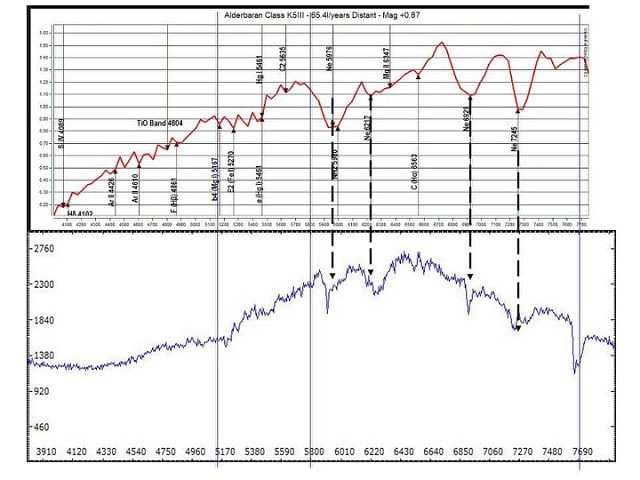So You Think You Can PEMSA? A Guide to Protein Electrophoretic Mobility Shift Assay
Studying nucleic acid interactions with proteins can be accomplished using a rapid and efficient electrophoretic mobility shift assay (EMSA). This method is essentially an agarose gel electrophoresis technique that detects protein:nucleic acid interactions, as the mobility of the labeled nucleic acid will be retarded if bound to a protein (compared to unbound DNA). A lesser-known…
















